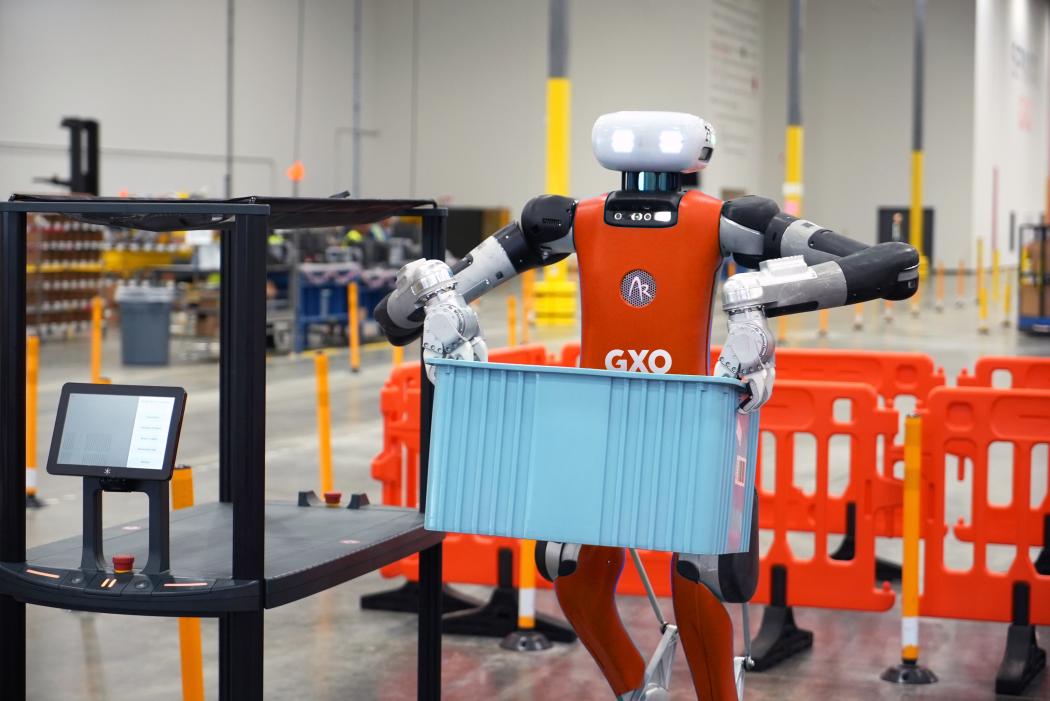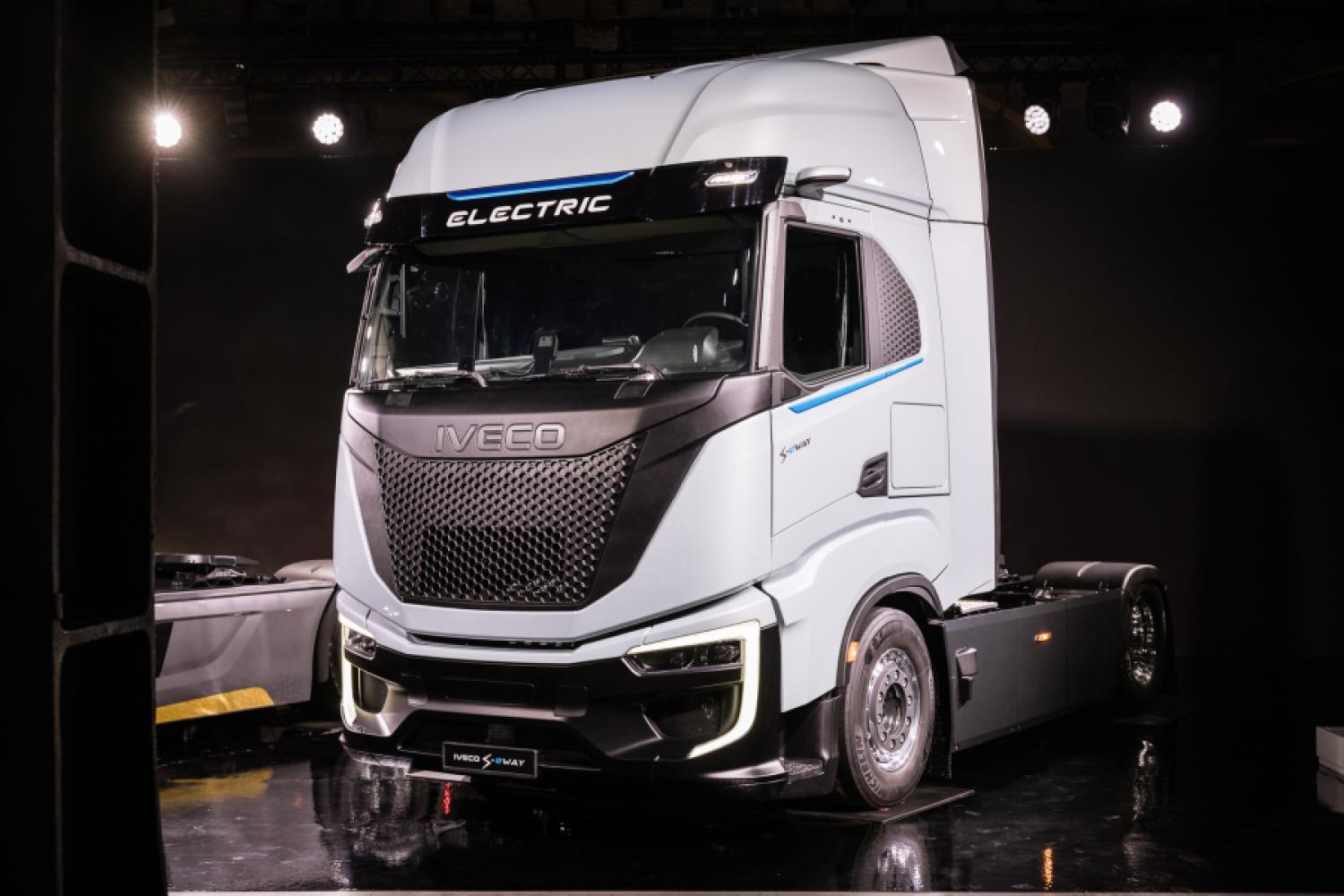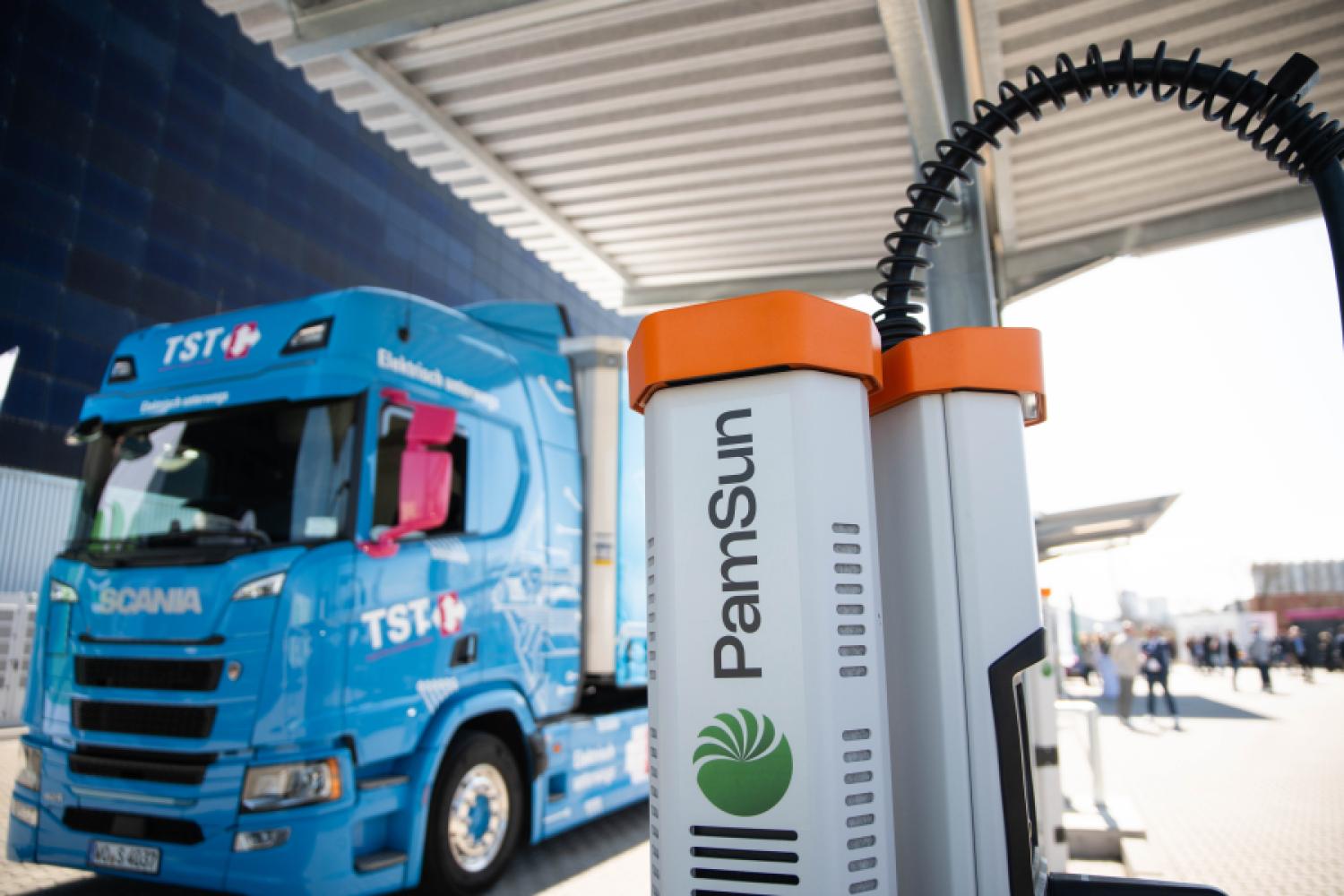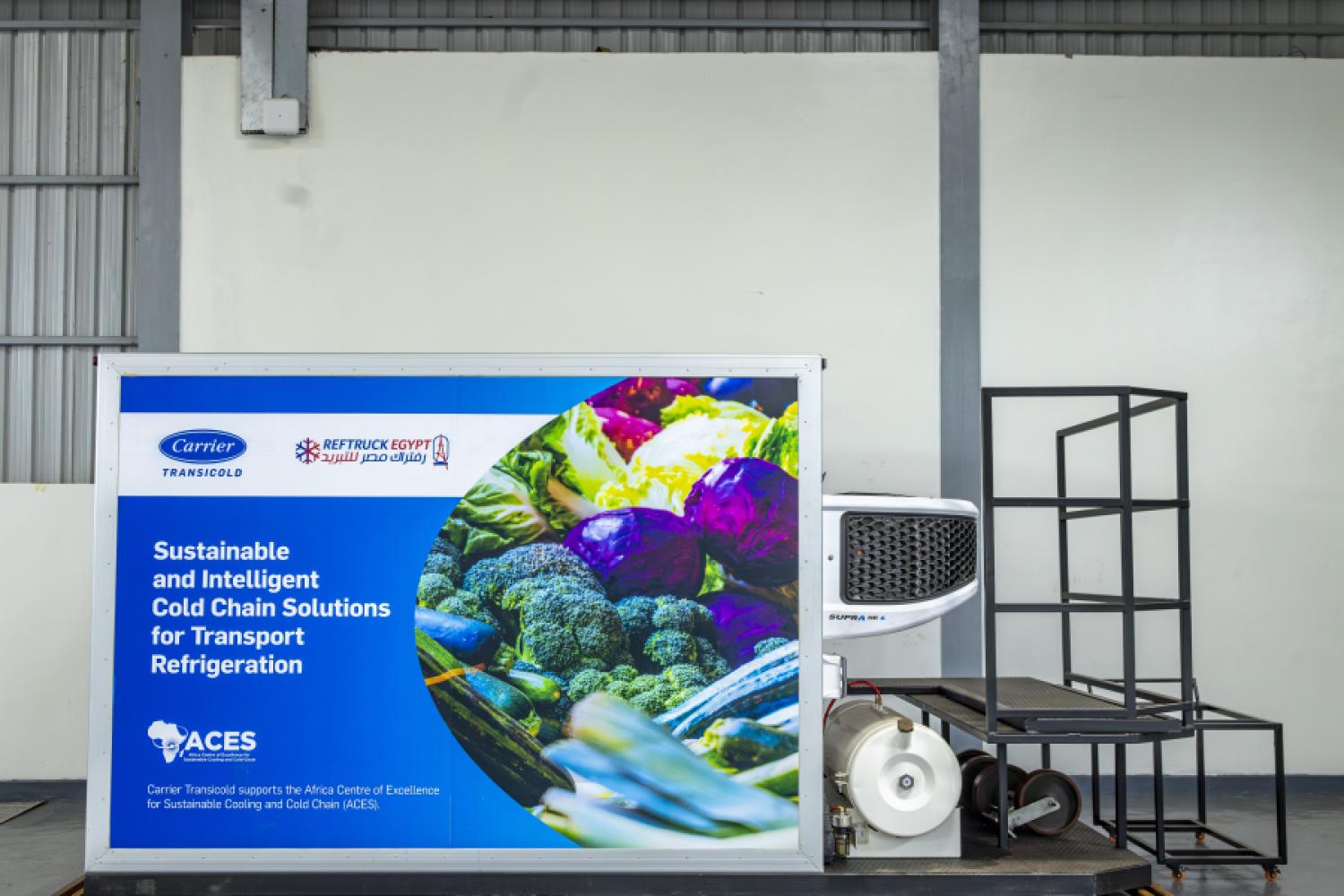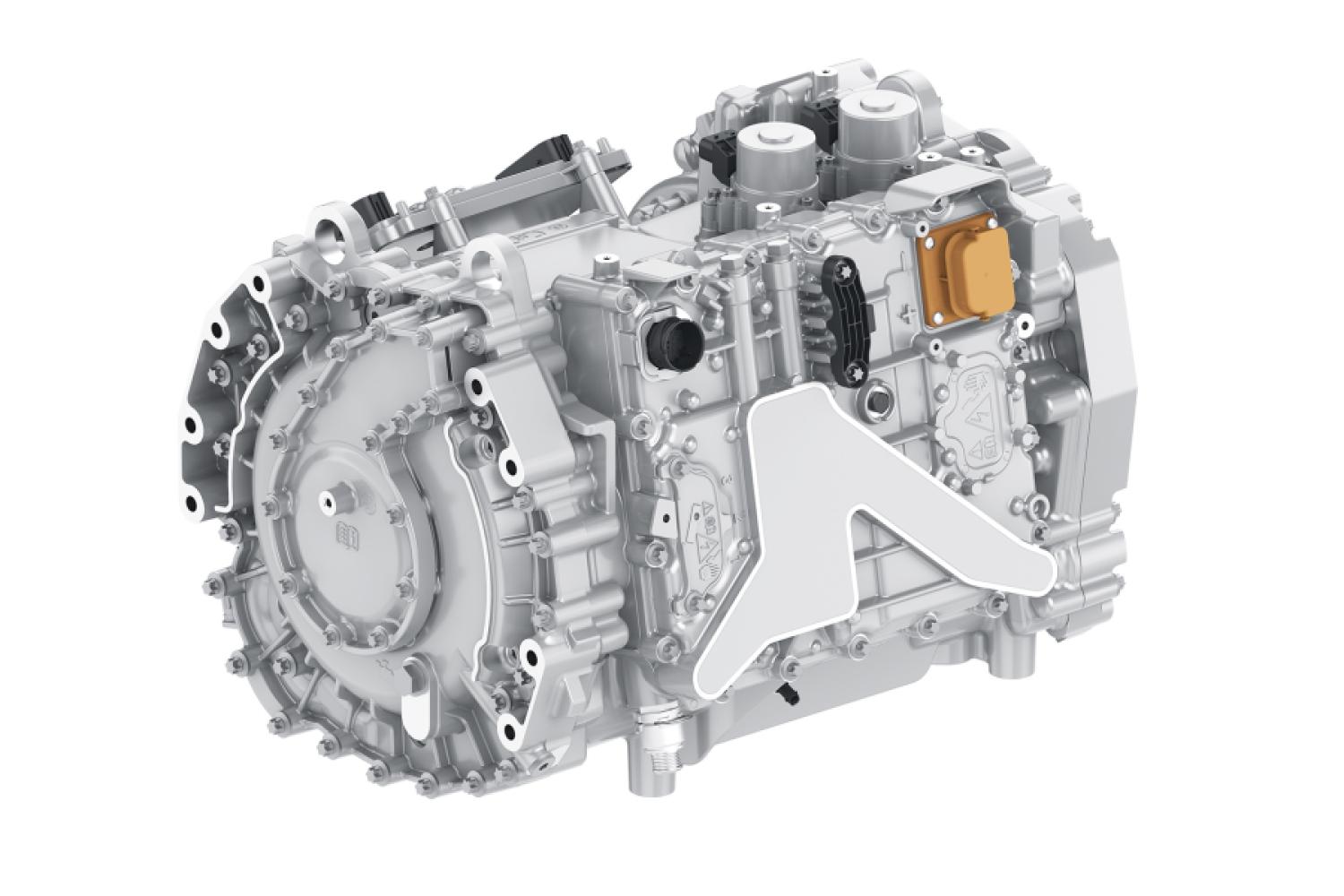The American contract logistics service provider GXO Logistics is already deploying humanoid robots together with various suppliers in its logistics centers: For example, the humanoid “Digit” from Agility Robotics carries boxes of women's fashion from Spanx in a warehouse near Atlanta from a transport robot to the conveyor system.
“Humanoid robots are the latest trend we see in robot development,” says Dr. Kerstin Höfle, Vice President Research & Development and Product Management of Körber Supply Chain, in the cover story of LOGISTIK HEUTE 7-8/2025. “The idea behind it is that the world is designed for humans.” Humans could now be replicated
by robots.
“The great advantage over previous robots is the extremely high flexibility,” explains Höfle.
Because theoretically, the humanoid robot can handle anything that a human with two healthy arms and legs can do.
“That is why humanoid robots are extremely interesting for intralogistics,” says the head of research and development. This is partly due to the issue of labor shortages and partly due to the fundamental trend towards automation.
Kerstin Höfle: “We are also noting a major trend towards the automation of existing facilities.”
And if a robot can move as a replica in an environment made for humans, that
is an interesting application case.
According to Yulin Wang, Senior Technology Analyst at IDTechEx in Cambridge, 2025 is a critical year in which many automobile manufacturers agree on a shared belief:
“Humanoid robots will become the embodiment of artificial intelligence in the real world,” she writes in the report “Humanoid Robots 2025 – 2035: Technologies, Markets and Opportunities.” “Major automobile manufacturers like Tesla and BYD will increase the use of humanoid robots more than tenfold in 2025, paving the way for an expected 1.6 million units to be deployed across the industry by 2035.”
The humanoids would be used in factories
for material transport, labeling, and inspection. The second major area of application, according to the report, is the logistics and warehousing sector:
“Humanoid robots help reduce labor costs, minimize operational interruptions, and offer unparalleled flexibility as they can adapt to different tasks throughout the day,” Wang says.
Which countries are leading in the use of humanoids, what tasks they are suitable for in logistics, which applications German companies are already implementing, and what hurdles remain before widespread deployment in Europe becomes a reality can be read in the cover story of the LOGISTIK HEUTE issue 7-8/2025 with the headline “What humanoid
